Audacity is open source software that is absolutely free to download and install. This software is compatible with Windows, Mac, Linux and several other platforms. This is not only a great sound editor, but a recorder as well. This software is sometimes limited in certain cases, but they can be overcome with the help of a lot of Audacity plugins that are available for download absolutely free. Several Audacity plugins, like LADSPA Plugin, LV2 Plugin, Nyquist Plugin, VST Plugin, Audio Unit Plugin, and Module Plugin are available to amplify the performance of Audacity. The above mentioned Audacity plugins have been used by several people and are very popular.
Part 1. Record Audio or Music to MP3 without Audacity Plugins - iMusic
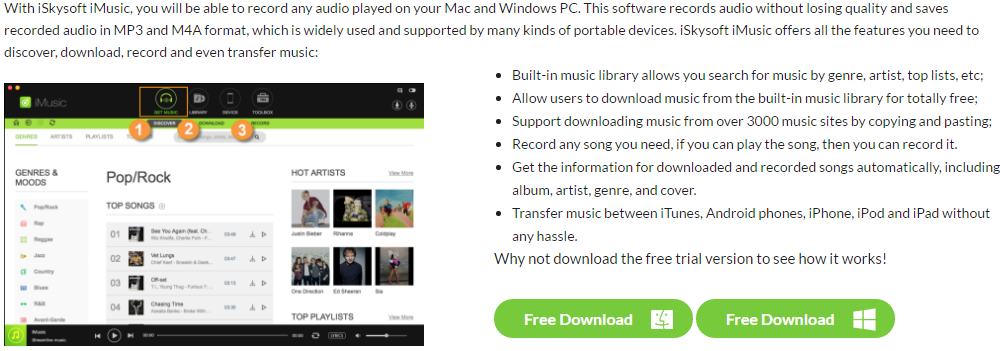
Video Tutorial: How to Record Music with iMusic
Why Choose This Audacity Alternative
- The most important feature is its ability to play as well as record songs automatically. Whenever a person is viewing a YouTube video or listening to some music of choice, the only thing the person needs to do to get the song is just press the "Download" or "Record"button. There can be nothing more easily done than this. The files will get saved in either the Mp3 or M4A format. It automatically gets rid of the advertisements in between the tracks. The recording is a continuous procedure unless it is stopped. The settings can be adjusted in such a manner that the advertisements get filtered out automatically and the tracks are also split in an automatic fashion.
- Original sound quality is maintained by the use of a virtual sound card that captures the recorded audio and saves them in either MP3 or M4A format. The quality of the sound is customizable. It can be anything from low to high quality. This software helps to record anything that plays on Mac and save them for hearing later.
- The third feature is something of a specialty. It helps to identify the artist, title of the song, albums etc. with ease. This is done with the help of ID3 tag identification technology. This is really a ground breaking technology that gives user an unforgettable experience. This technology helps to fetch information about the music being played, from the internet.
- This software allows a person to download and store unlimited amount of music. If a person is interested in hearing music from several radio stations around the globe, then this is the best software. More than 500 radio stations are present for the person to select his or her favorite music.
Part 2. Top 6 Audacity Plugins You Should Not Miss
1. LADSPA Plugin
This is one plug-in that is mostly in use for Linux based machines. The full form of LADSPA is Linux Audio Developer's Simple Plug-in API. Audacity has got in built support for all the LADSPA Plugin. This is an API that is used for audio filtering and audio signal processing purpose. Although this API was initially developed to work on Linux platform only, but later on, it was adjusted to work on several other platforms as well. Numerous audio LADSPA Plugin are available for free to download and use as per the requirement of the user. ladspa-sdk-1.12-1.i386.rpm [7.3 | 8.0 | 9], ladspa-sdk-example-plugins-1.12-1.i386.rpm [7.3 | 8.0 | 9], ladspa-sdk-1.12-1.src.rpm [all], ladspa-sdk-1.12-1 [fc1], ladspa-sdk-example-plugins-1.12-1 [fc1], ladspa-sdk-1.12-1 source [all], are some of the LADSPA Plugin available for use to increase the RPM.
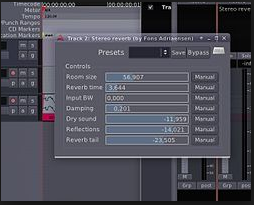
2. LV2 Plugin
This is actually an upgraded version of LADSPA. Audacity has in-built support for the LV2 Plugin as well. This plug-in is mostly built for Linux based machines, but Audacity is open ended software that supports LV2 for all kinds of operating platform. This is a great option for all Audacity users. For installing the plugin of LV2, a person needs to place the plugin in the system LV2 locator and then restart Audacity. The plugin actually support the generation and processing of all audio files that are run through Audacity. LV2 is actually replacing the older LADSPA plug-in which is a bit limited performance wise. LV2 has got MIDI (Musical Instrument Digital Interface) facility and that is missing in LADSPA plug-in. LV2 Plugin can almost behave like instruments, and this is missing in LADSPA. The most common LV2 Plugin include a delay, an equalizer, a compressor and a reverb. These are just some of the basic LV2 Plugin.
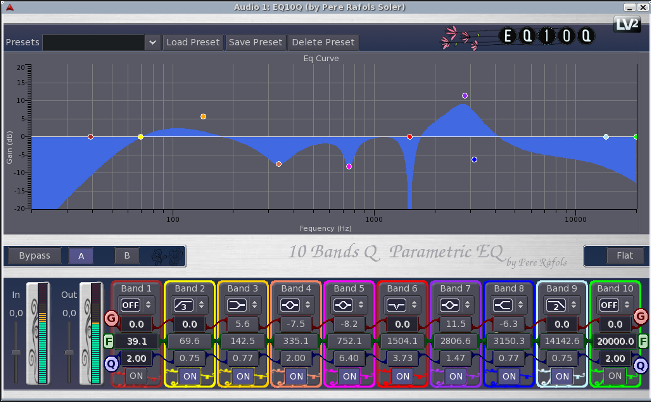
3. Nyquist Plugin
Audacity does have built-in support for Nyquist Plugin as well. It is always possible for a user to download more Nyquist Plugin or program more Nyquist Plugin as per the need of the user by using Nyquist programming language. Audacity does not limit the use of this plug-in to a specific platform, but it can be used in any platform that is running Audacity. For the Audacity audio editor, the Nyquist Plugin actually fulfill the purpose of analyzing the job.

4. VST Plugin
Audacity can load VST effects on all the operating systems like Windows, Linux and Mac, but it cannot load the VST instruments. In this case, there is no need for the VST enabler at all. The plugin of VST effects are found in several websites like Hitsquad: Windows, Mac, KVR Audio: Windows, Mac, Open Directory (Windows, Mac). VST Plugin while working in tandem with Audacity makes editing and mixing of sounds very easy and the final output is really awesome. This plug-in is very high quality sound effecting modules, and they are far better than those that come inbuilt with Audacity. So people that need very high sound mixing quality or need the editing of sounds to be perfect favor the VST Plugin. The plug-in includes noise reducers, sound compressors, sound enhancers and several other important sound editing options.
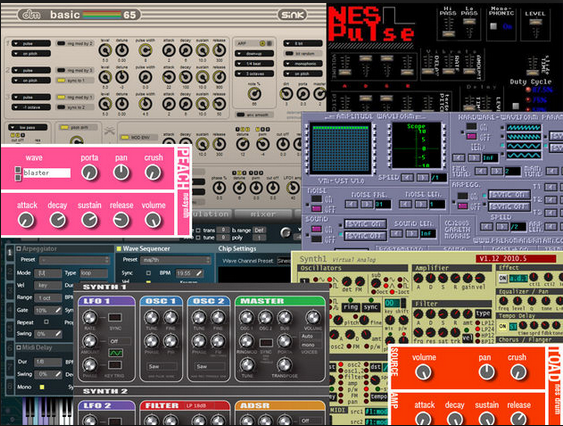
5. Audio Unit Plugin
This is another great set of plug-in that goes well with Audacity and it only works on Mac platform. A system plug-in directory is the place from where Audacity loads this plug-in. Each time a new Audacity is installed in a machine, it will not automatically recognize the already existing audio units within the system. It has to be enabled from the plug-in manager of Audacity. Similar to the VST Plugin, the Audio Units display their full range of GUI interface. There are some limitations of this Plug-in as far as display is concerned. It does not always display the full range of bands selected, as it cannot resize itself automatically. The go around strategy involves selecting the number of bands and then closing it. After closing as soon as it is re opened, all bands fit in smoothly.
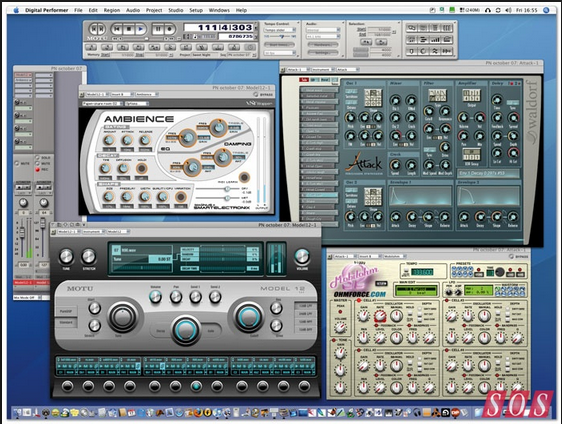
6. Module Plugin
Some new features can be added to Audacity using experimental modules. To load modules into Audacity requires a person to follow certain steps. The first requirement is to add the "Modules" folder within the installation folder of Audacity. The second step involves adding the files like mod-nyq-bench.dll (Windows) or mod-nyq-bench.so (Mac OS X) in the folder "Modules". Then, the person must resort to restarting Audacity and opening the "Modules preferences". It can be seen that the file is showing as new, and this means that no choice or preference has been made yet. Now the person has to click the drop down and shift it to "Enabled". After changing, the person needs to pres "OK" and then restart Audacity. As soon as Audacity restarts, a person can see the different modules to work on as per his or her preference.
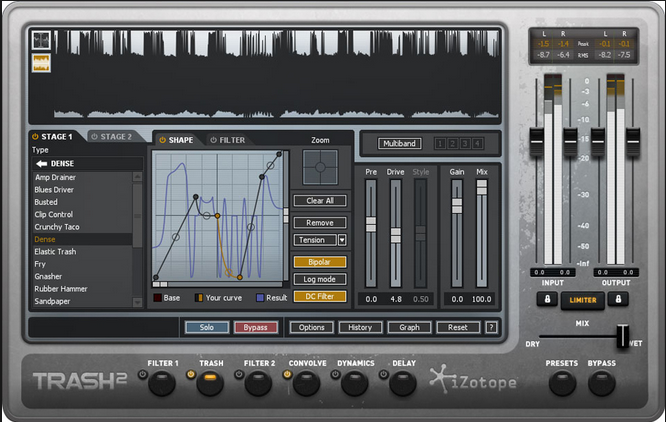






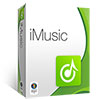
Any Product-related questions? Tweet us @iMusic_Studio to Get Support Directly